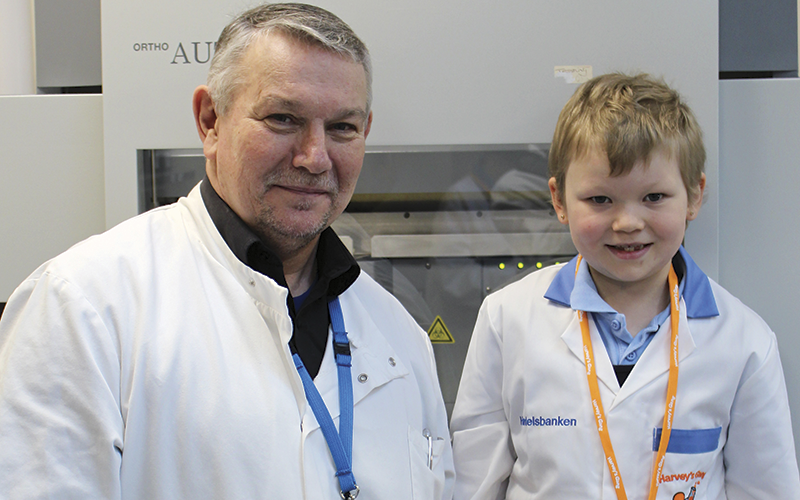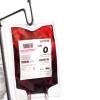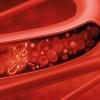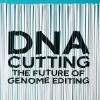Jill Rodney, the IBMS Chief Executive, took part in a charity laboratory tour at St Richard’s Hospital in Chichester.

Jill Rodney, the IBMS Chief Executive, took part in a charity laboratory tour at St Richard’s Hospital in Chichester.
She joined Harvey’s Gang founder and IBMS member Malcolm Robinson and five-year-old patient Zofia, who was accompanied by her father Jacek, on a blood transfusion laboratory tour.
Harvey’s Gang is a charity initiative that invites youngsters with cancer and other serious illnesses to become trainee biomedical scientists for the day and tour pathology laboratories with their families.
Both Jill and Zofia were given special Harvey’s Gang lab coats for their tour, with Zofia wearing hers all day at school after the tour.
Jill said: “It was amazing to see first-hand the work that Malcolm and his team are undertaking here.
“To see the joy on Zofia’s face as she was shown around the lab was wonderful. The Harvey’s Gang initiative is truly inspiring and I am thankful to Malcolm for inviting me, as well as to Zofia and her Dad for allowing me to join her on her tour.”
For info, to make a donation, or to get involved, visit harveysgang.blogspot.co.uk




